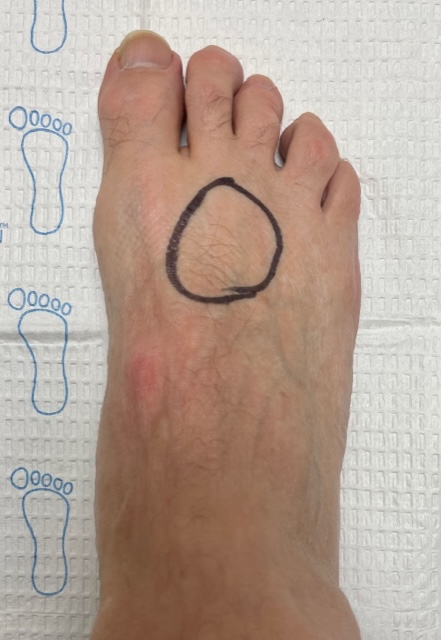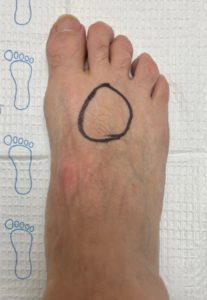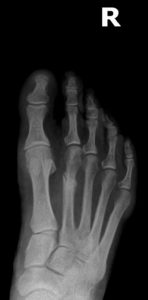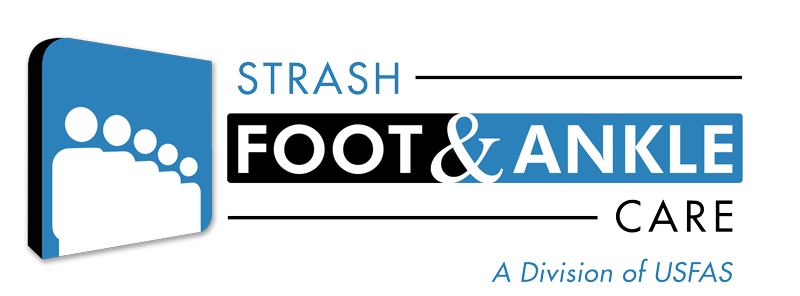
26 Jan Foot Stress Fractures
Repetive Impact Can Increase Risk of Damage
Stress fractures of the foot are becoming more common in runners, especially first-time marathoners. Walkers are also prone to stress fractures especially people who walk daily for exercise and may be using less than supportive shoes. Another name for a stress fracture of the foot is a “March Fracture.”
The growing popularity of marathons among beginning runners has contributed to the increase in repetitive stress injuries, including stress fractures of the foot, according to Dr. Strash, a member of the American College of Foot and Ankle Surgeons. Often, first-time marathoners enter a race with little or improper long-distance training. The lack of experience coupled with the repetitive impact placed on the feet during the run can produce enough stress to cause hairline breaks in the bones of the foot.


Runners who increase their mileage too quickly or change to a more intense phase of training may be more susceptible to a stress fracture due to the increased force placed on the bones. A general rule of thumb for runners is to increase the mileage by no more than 10 percent each week. Runners who are training also need to have adequate rest time in between runs to help decrease the risk of a fracture.
Runners at all levels of experience are also at higher risk for stress fractures if they wear improper shoes while running or training, suffer from flatfoot or other foot deformities, or have osteoporosis. Signs of a stress fracture can include pain, swelling, redness and possibly bruising of the area. Patients will often relate pain and swelling that corresponds with their activity.
“Stress fractures can occur anywhere in the foot and can eventually lead to a complete break of the bone if left untreated,” according to Dr. Boyd Bills of Strash Foot and Ankle Care. “Early diagnosis and treatment are important to ensure proper healing.”
If a break is suspected, runners should immediately follow the RICE protocol—Rest, Ice, Compression and Elevation. If pain and swelling last longer than a few days, an appointment for an x-ray and diagnosis is in order.
In most cases, treatment includes rest and immobilization with a fracture boot applied to the foot. Surgery may be required in certain instances to repair and stabilize a stress fracture that have progressed into a full fracture and may be displaced.
Runners can take action to prevent repetitive stress injuries in their feet by wearing supportive athletic shoes and slowly building up their activity levels according to their abilities. “If a runner suffers from abnormal mechanics in the foot, such as over pronation or hypermobility, custom orthotics can also be helpful to prevent these injuries,” Dr. Strash, adds.
If you suspect you have a foot injury or fracture, call Strash Foot and Ankle Care. It’s always our number one priority to helping you place your best foot forward, again!

